11 Halloween Traditions From the 80s That Would Be Banned in 2025
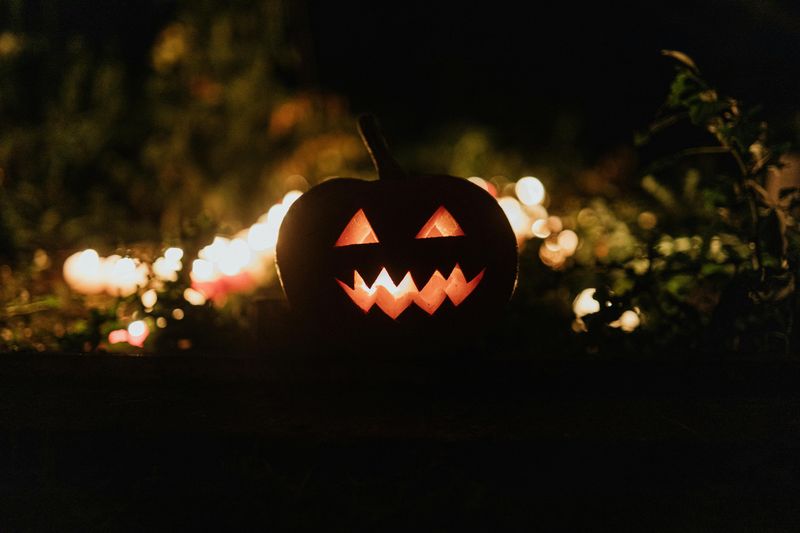
The 1980s were a vibrant time for Halloween, filled with traditions that might seem foreign or even dangerous by today’s standards. Back then, the spirit of Halloween was celebrated with a sense of freedom and spontaneity that is often missing in contemporary festivities. Children roamed the neighborhoods late into the night, while homemade treats were handed out without a second thought to allergies or tampering. The costumes were flashy but not necessarily safe, and the night was filled with both planned and impromptu adventures. Looking back, many of these beloved traditions now clash with modern safety and health regulations, making them relics of a bygone era.
1. Unwrapped Homemade Treats
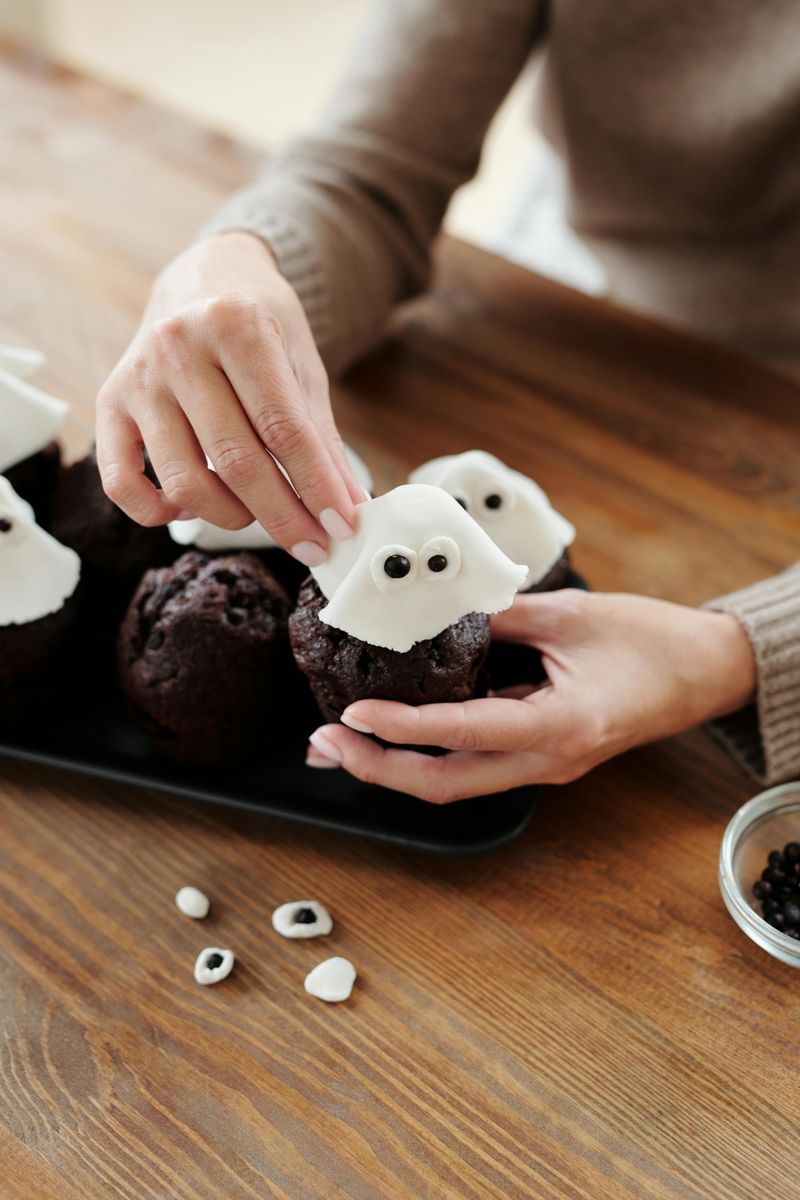
Remember the joy of receiving homemade treats from friendly neighbors? Back in the 80s, children eagerly accepted cookies, popcorn balls, and caramel apples crafted with love. These treats, often beautifully wrapped in cellophane or wax paper, symbolized trust within communities.
However, today’s world is different. Concerns over food allergies and contamination mean unsealed homemade goodies are largely a thing of the past. The shift towards pre-packaged, factory-sealed candies ensures safety, but it also signifies a loss of personal touch.
This change reflects a broader shift towards caution and regulation in modern society, where safety takes precedence over tradition.
2. Razor Blade & Poison Candy Panic
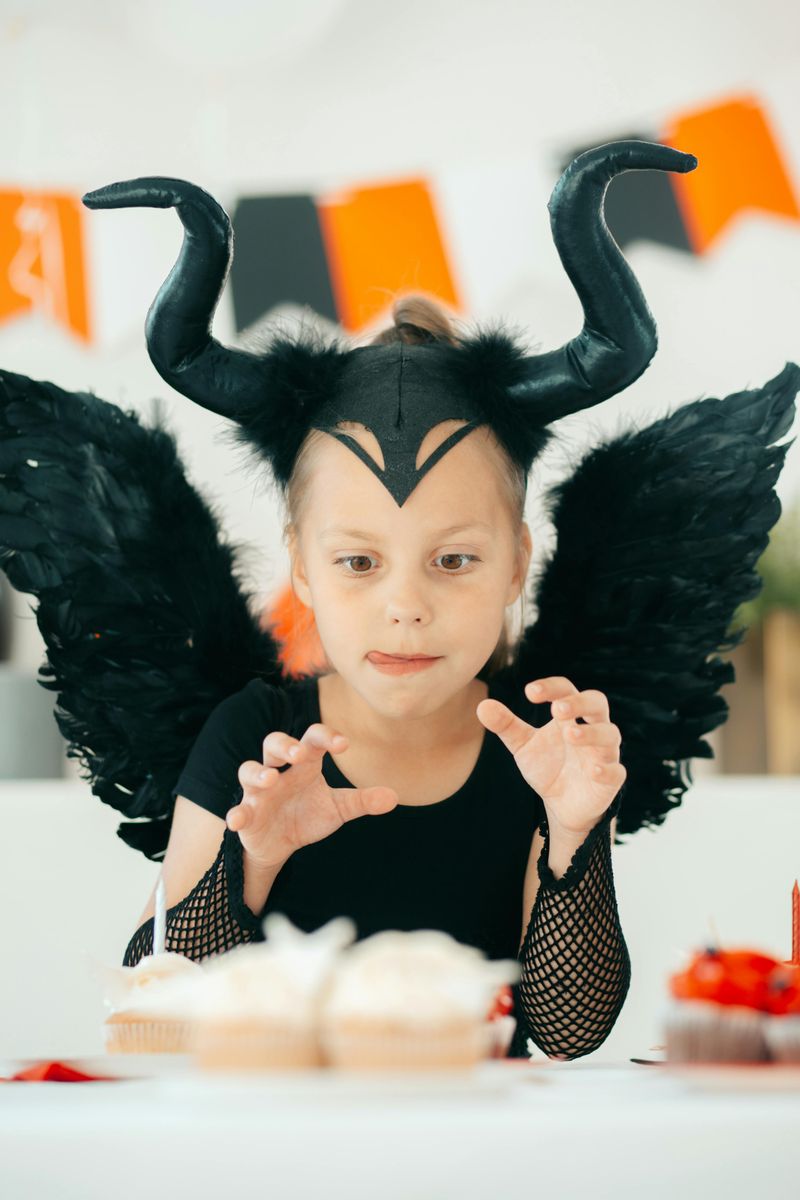
An urban legend that took a grip on the 80s was the fear of tampered candy with razor blades or poison. Despite its largely mythical status, this panic led parents to carefully inspect every piece of candy their kids collected.
In today’s world, the idea of handing out anything unwrapped or homemade would be met with skepticism. Modern parents continue to scrutinize Halloween treats, a ritual rooted in those decades-old fears.
This phenomenon highlights how urban myths can shape behaviors and create lasting changes in societal norms, casting a shadow over what was once innocent fun.
3. Plastic Masks With Tiny Eye Holes
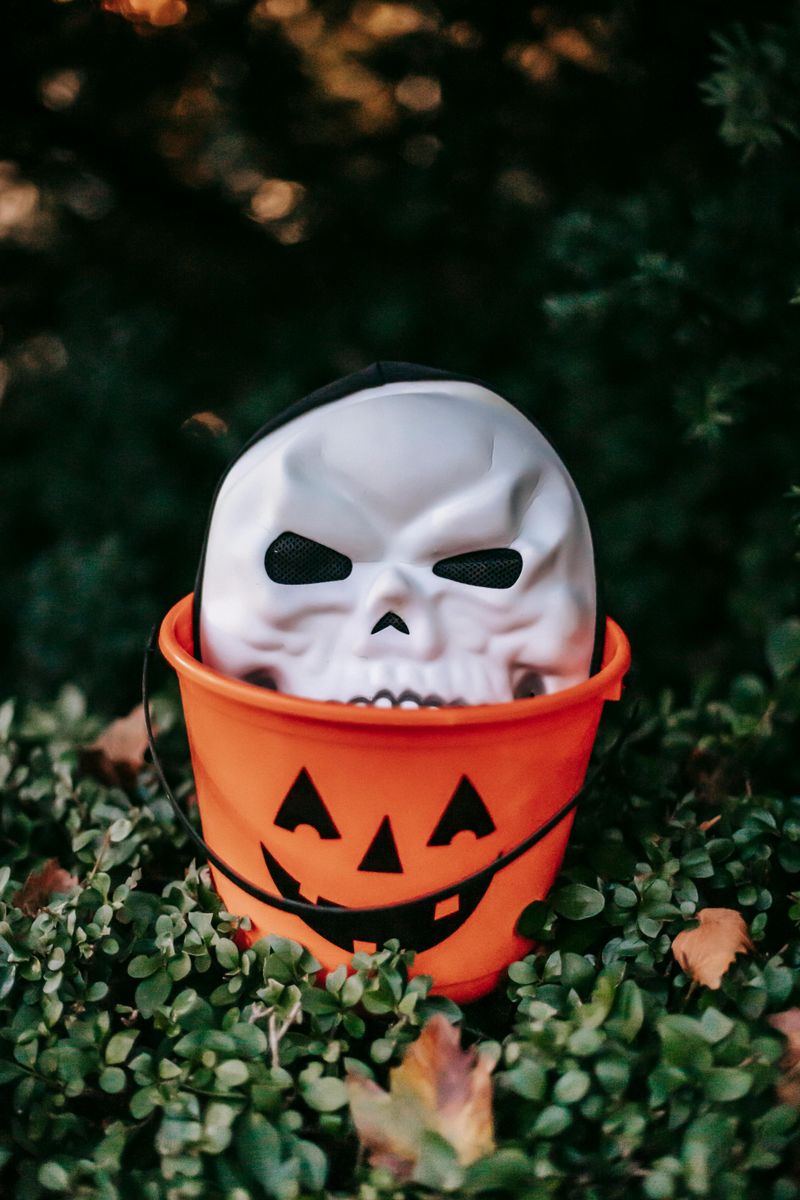
Remember the excitement of picking a Halloween costume, only to find that the plastic mask was nearly impossible to see through? The 1980s were filled with vibrant Ben Cooper costumes, complete with masks that left kids squinting and struggling to breathe.
Today, these masks would be deemed unsafe, with concerns over visibility and choking hazards leading the charge. Modern costumes favor comfort and safety, featuring breathable materials and clear vision pathways.
This change underscores the evolution of consumer safety standards, where a child’s comfort and wellbeing become paramount, reflecting broader societal shifts in how we prioritize health and safety.
4. Real Candles in Pumpkins
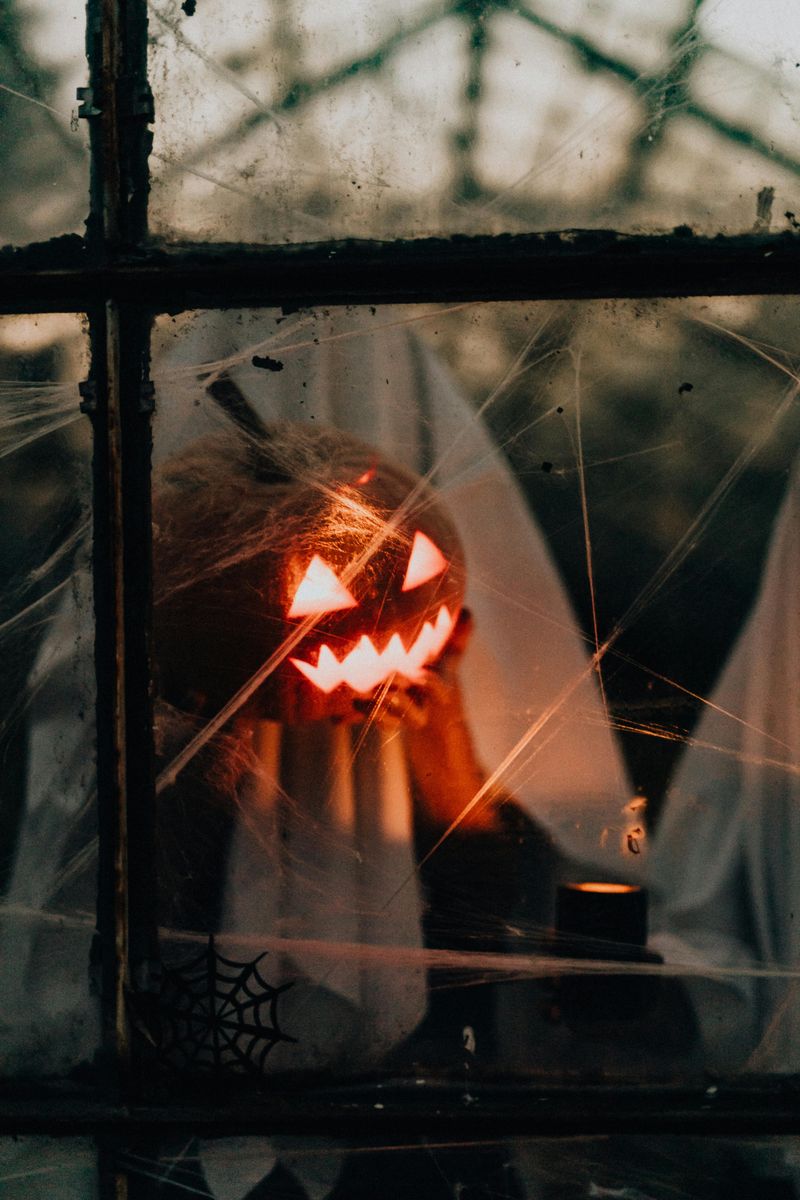
Picture a flickering jack-o’-lantern illuminating the night with a real candle inside. This charming scene was commonplace in the 80s, yet it posed significant fire risks, especially with costumes made of flammable materials nearby.
Fast forward to today, and real candles have largely been replaced by LED lights, ensuring safety for trick-or-treaters and homes alike. The warmth of candlelight is now a rarity, sacrificed for peace of mind.
This adaptation reveals society’s growing emphasis on fire safety, where technology provides a safer alternative without losing the essence of Halloween’s spooky ambiance.
5. Lax Trick-or-Treat Curfews
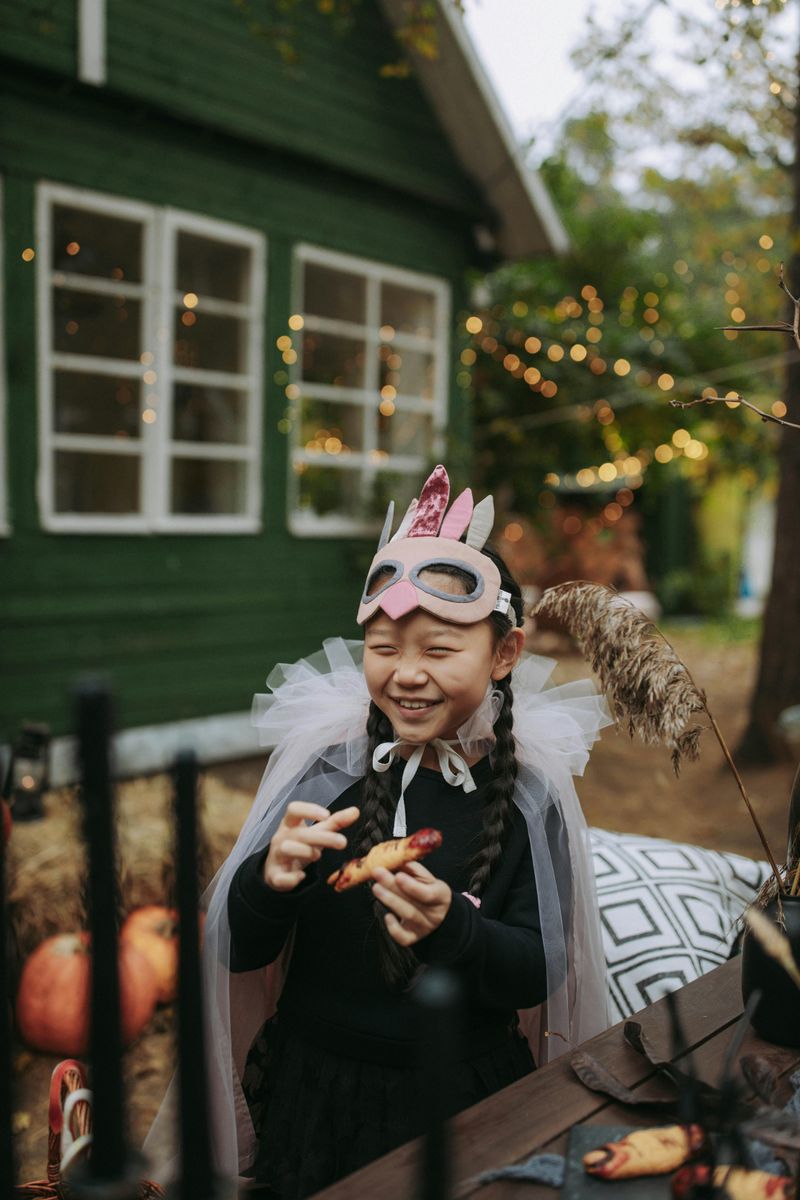
Imagine kids roaming freely, bags heavy with candy, as the night stretched on. In the 80s, trick-or-treating had no strict curfews, and children often wandered neighborhoods unsupervised until parents called them home.
Contrast that with 2025, where communities enforce specific trick-or-treat hours and parents or guardians closely accompany their children. This shift reflects a heightened awareness of safety and a desire to protect children from potential dangers.
The evolution of these traditions speaks to changing societal norms, where community safety and structured environments take precedence over the carefree explorations of past decades.
6. Flammable Costumes
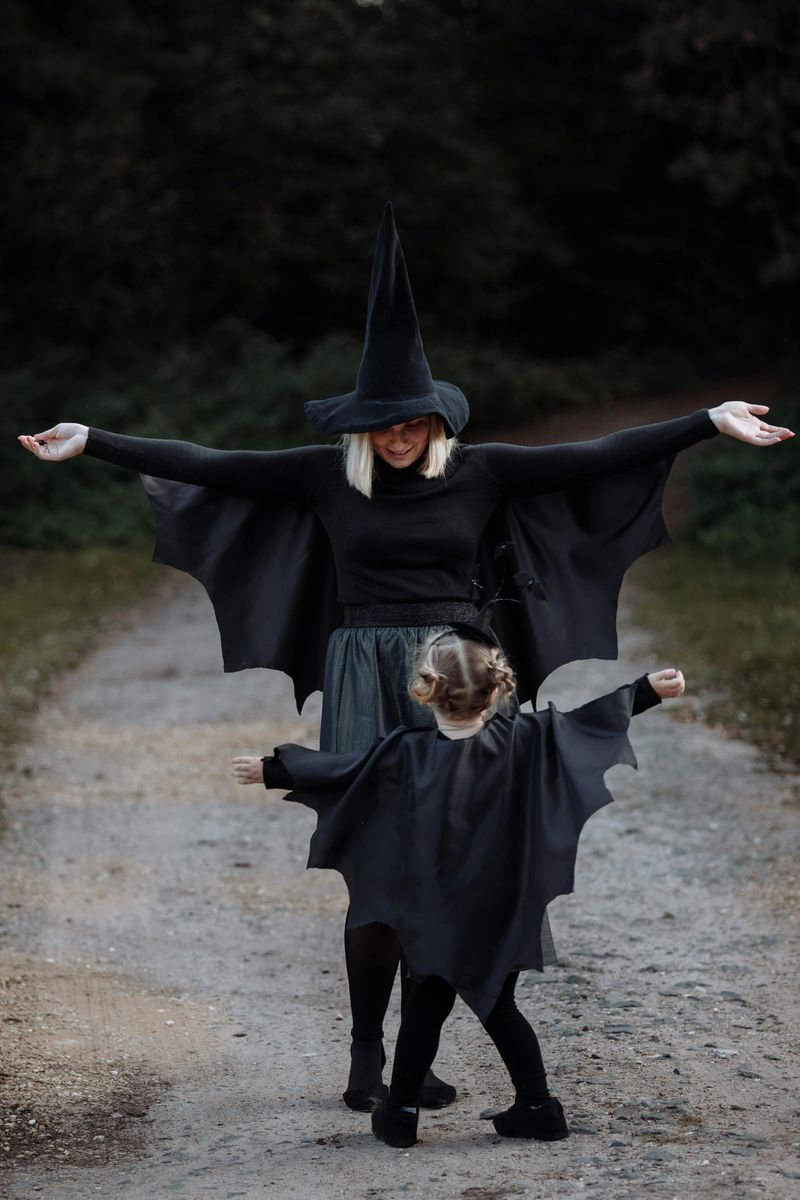
In the 80s, Halloween costumes dazzled with bright colors and imaginative designs. However, many were made from cheap, synthetic fabrics that caught fire easily, posing a significant risk during the festivities.
Modern standards require costumes to meet strict fire safety regulations, ensuring they don’t ignite easily. This change prioritizes the safety of children, preventing potential accidents and injuries.
The shift to safer materials is emblematic of broader consumer protection measures, highlighting the balance between creativity and safety in contemporary Halloween celebrations.
7. Drinking and Driving After Parties
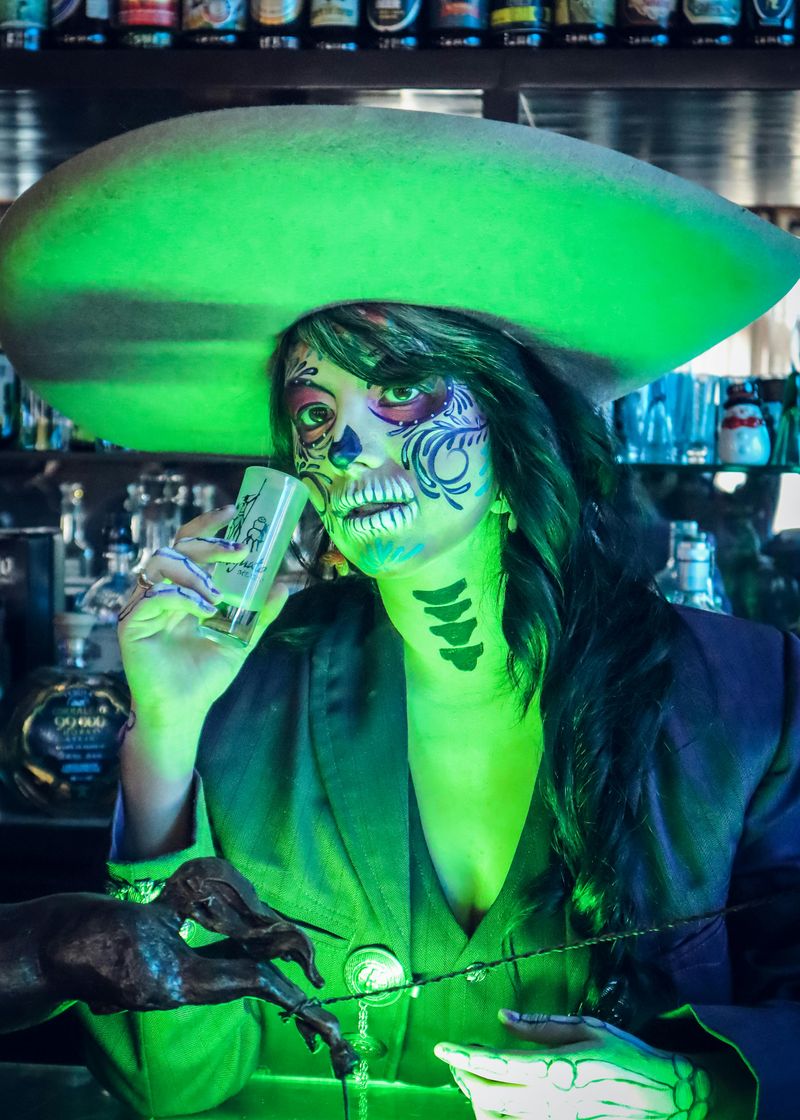
Halloween in the 80s wasn’t just for kids; adults celebrated with gusto, often at parties that featured plenty of alcohol. Unfortunately, this sometimes led to people driving home under the influence, a practice heavily frowned upon today.
With the rise of ride-sharing apps and stricter DUI laws, such behavior is now rare and unacceptable. These changes have undoubtedly made roads safer, but they also symbolize a societal shift towards accountability and responsibility.
This evolution demonstrates growing awareness and prevention efforts, aiming to ensure that celebrations do not come at the cost of public safety.
8. Unregulated Haunted Houses
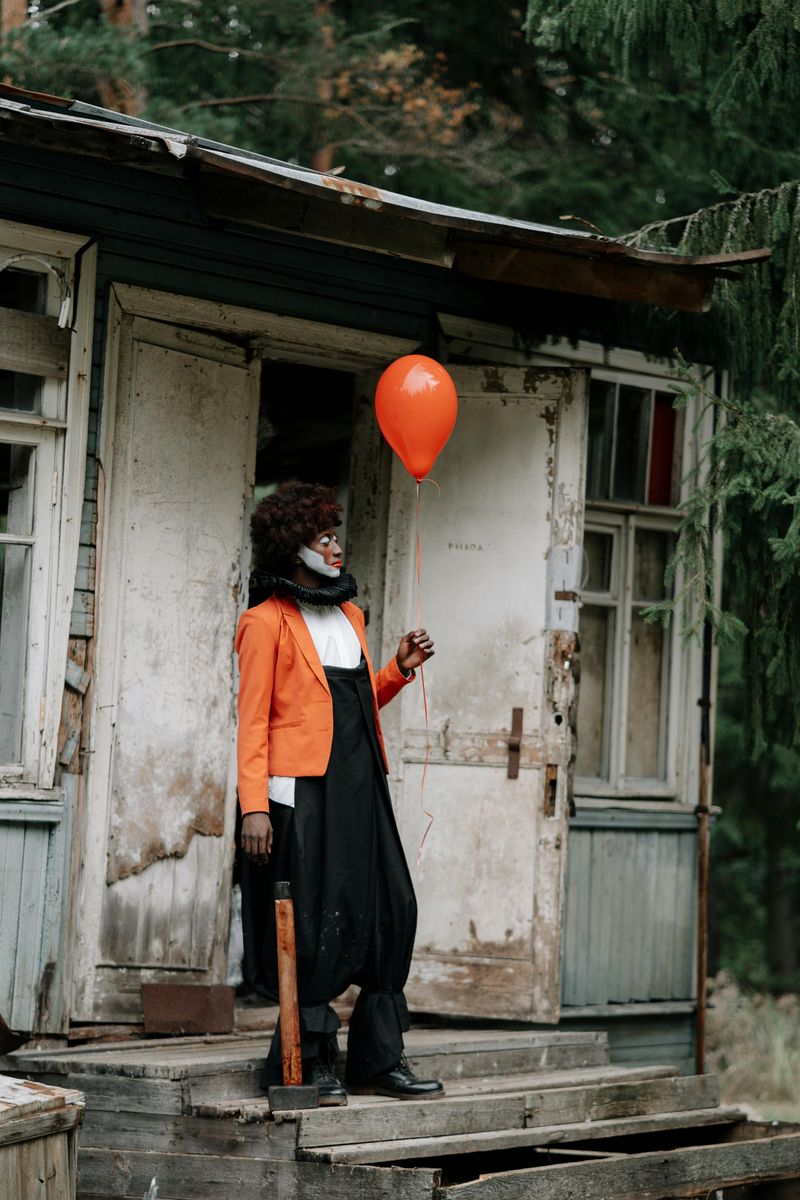
Backyard haunted houses were a staple of 80s Halloween fun, often featuring makeshift props and dark, winding paths. However, these attractions frequently lacked proper supervision, fire code compliance, or emergency exits, making them potential hazards.
Today’s haunted houses undergo rigorous safety checks and adhere to strict guidelines to protect attendees. This transformation reflects a growing emphasis on safety and liability in public events, ensuring that thrills don’t turn into real-life scares.
The evolution highlights society’s increasing demand for regulated entertainment, balancing excitement with stringent safety measures.
9. Cigarette-Inspired Costumes & Props
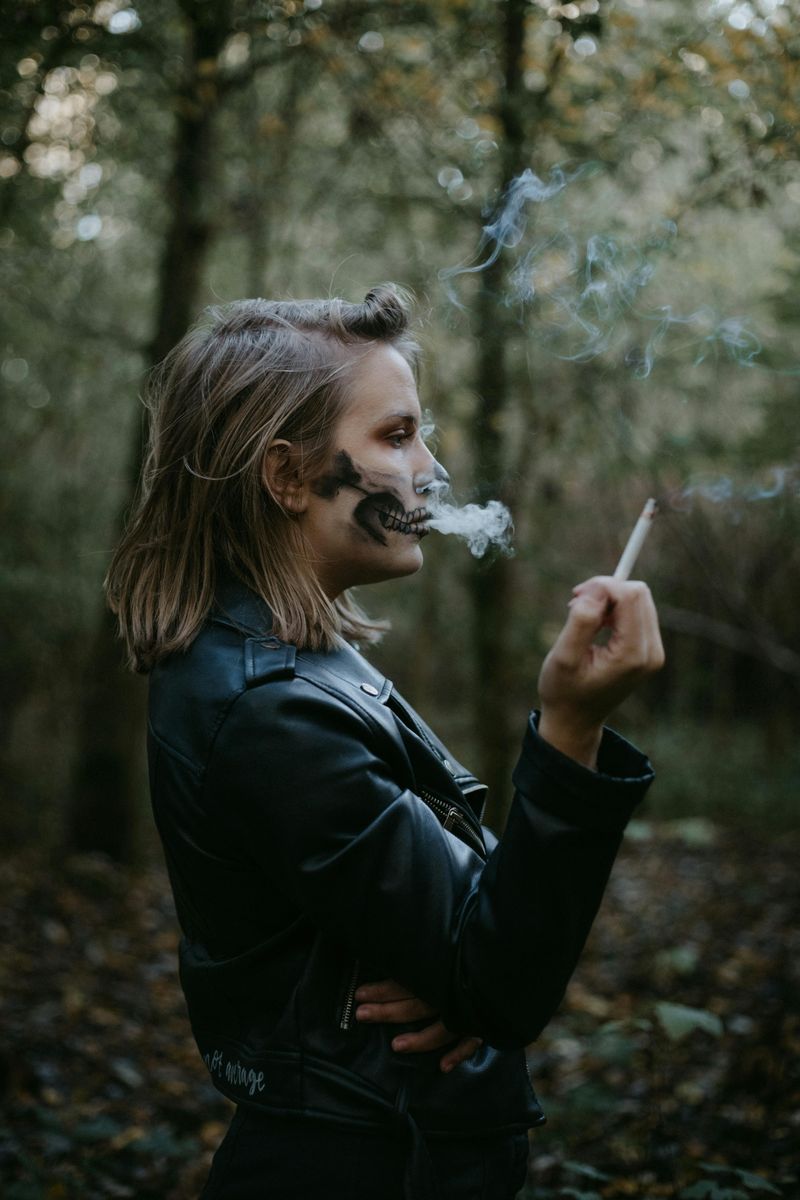
The 1980s embraced the glamorization of smoking, with costumes reflecting this trend. Toy cigarettes and greaser outfits were popular, embodying a rebellious, “cool” image. Today, such costumes would be flagged for promoting unhealthy habits to impressionable children.
Modern sensibilities discourage smoking, and efforts to reduce its appeal to young audiences have reshaped costume designs. This change signals a broader public health initiative to combat smoking and its associated risks.
The transformation illustrates how shifting cultural values influence Halloween traditions, reflecting evolving perceptions of health and well-being.
10. Door-to-Door Mischief Night
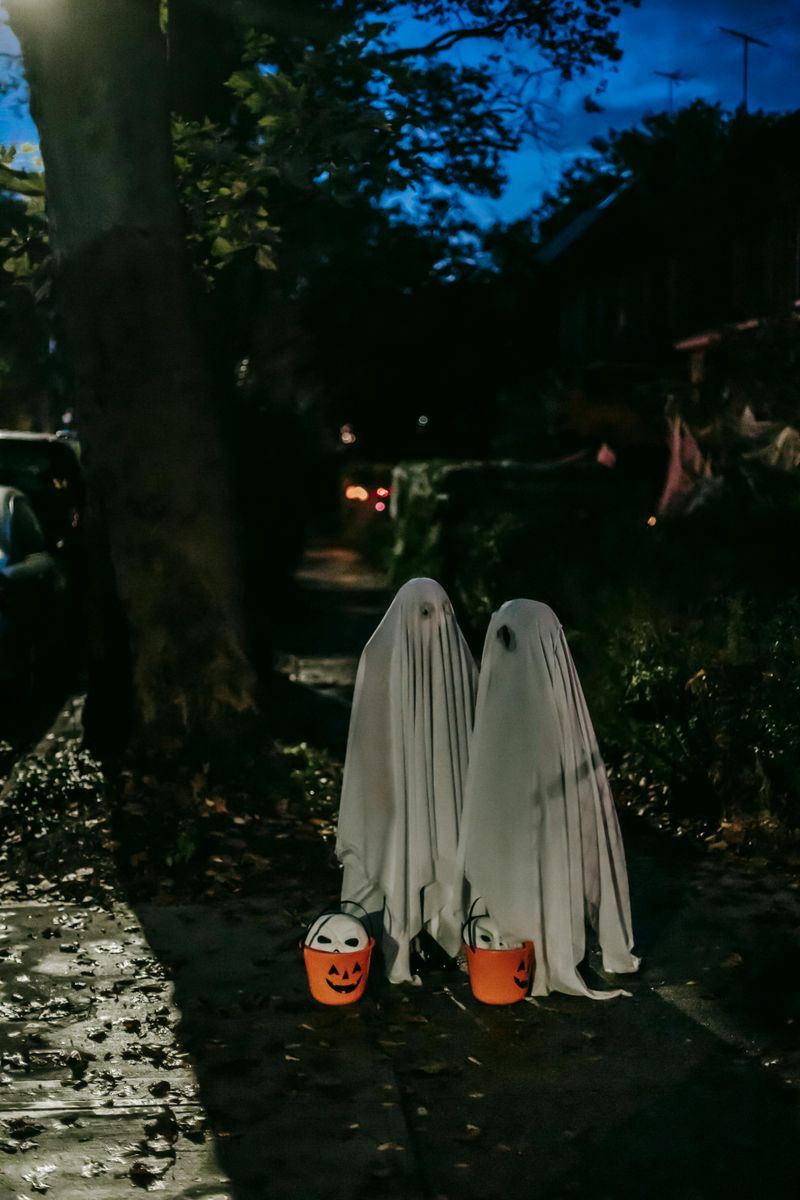
Mischief Night, a precursor to Halloween, was a time for harmless pranks and revelry. Teenagers would toilet paper trees, egg cars, and engage in light-hearted vandalism, embracing the rebellious spirit of the night.
In 2025, such activities would likely be considered vandalism, with legal consequences deterring potential pranksters. This shift reflects a growing intolerance for behavior that disrupts community peace and order.
The fading of Mischief Night highlights changes in societal attitudes towards property and law enforcement, prioritizing respect and responsibility over youthful antics.
11. Unsupervised Candy Swaps at School
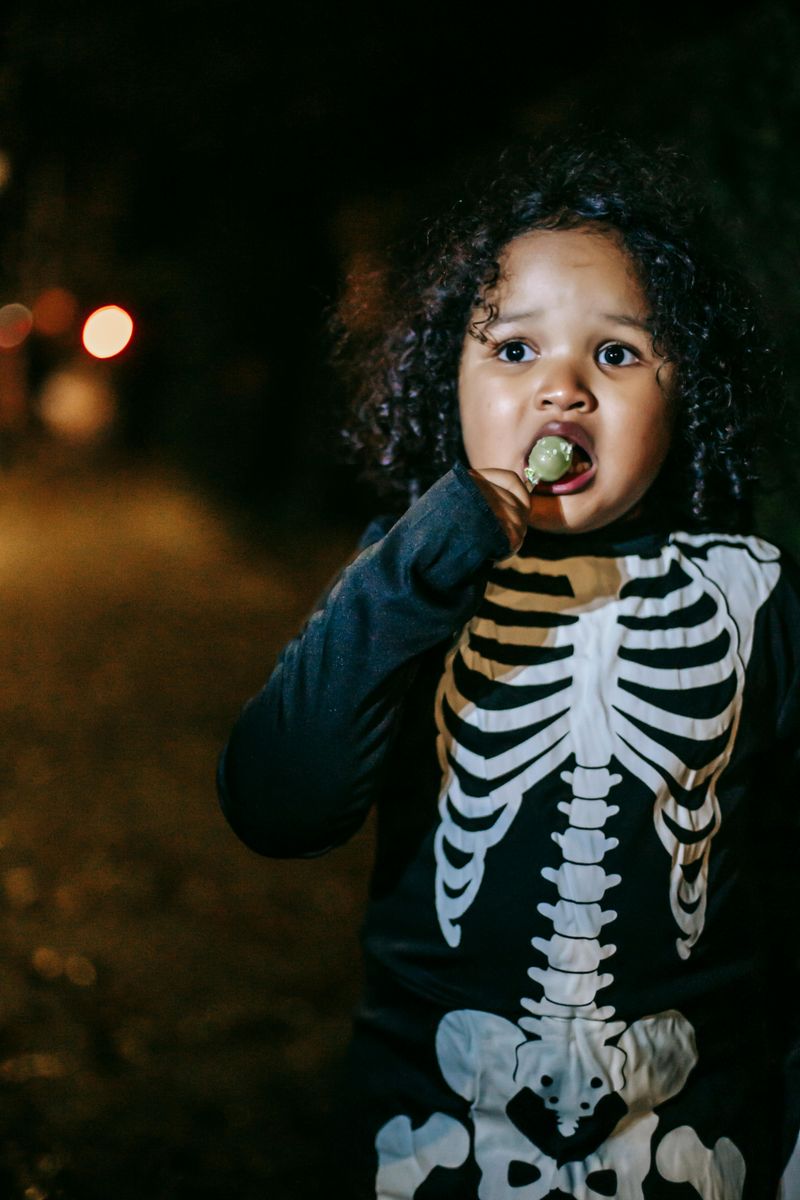
School Halloween parties in the 80s were a joyous occasion, filled with candy swaps and laughter. Children freely traded treats, unaware of the potential allergy risks or the lack of ingredient labeling.
Today, schools enforce strict policies regarding food sharing, with attention to allergies and dietary restrictions. This change ensures safety and inclusivity, protecting students from potential health risks.
The evolution of these practices underscores a growing awareness of diverse needs within educational settings, reflecting broader cultural shifts towards inclusivity and care in shared environments.

Comments
Loading…